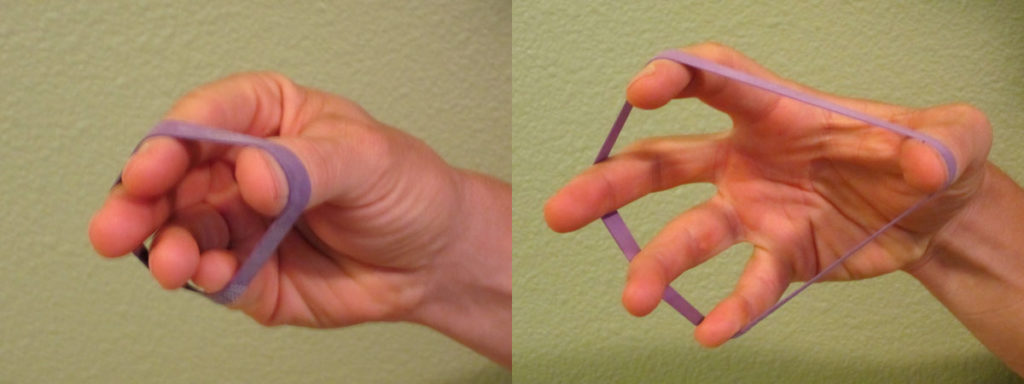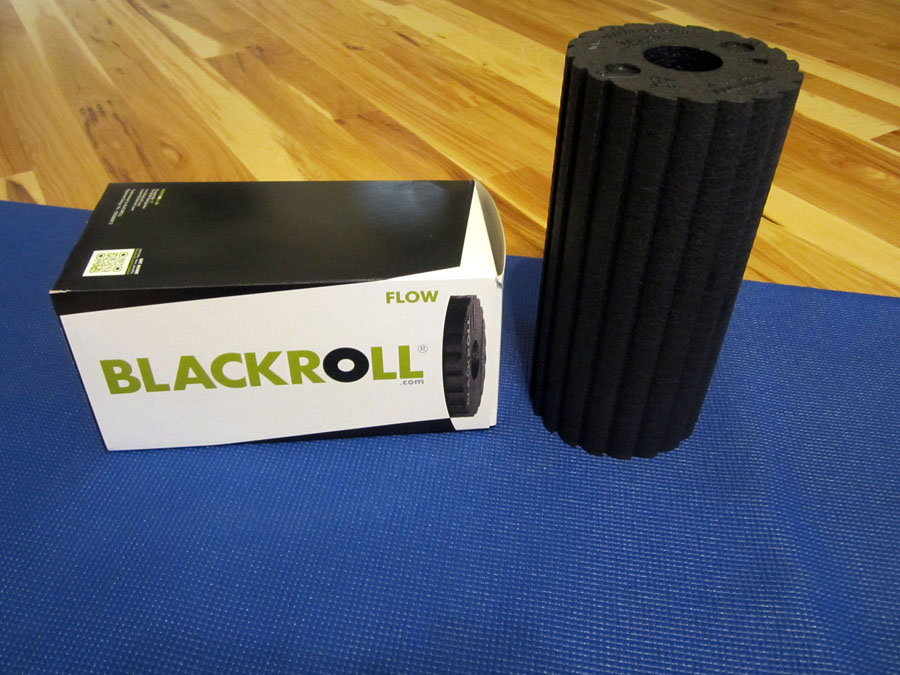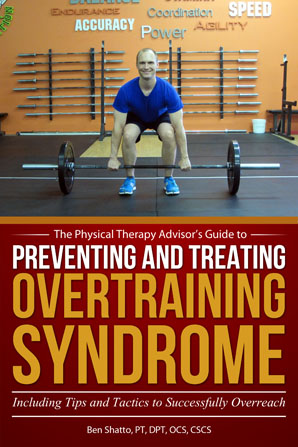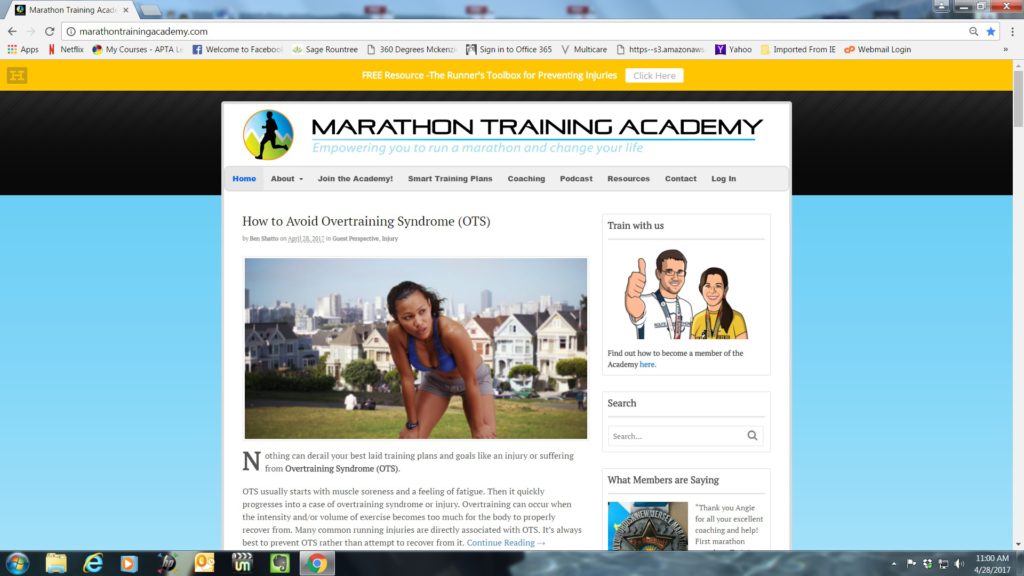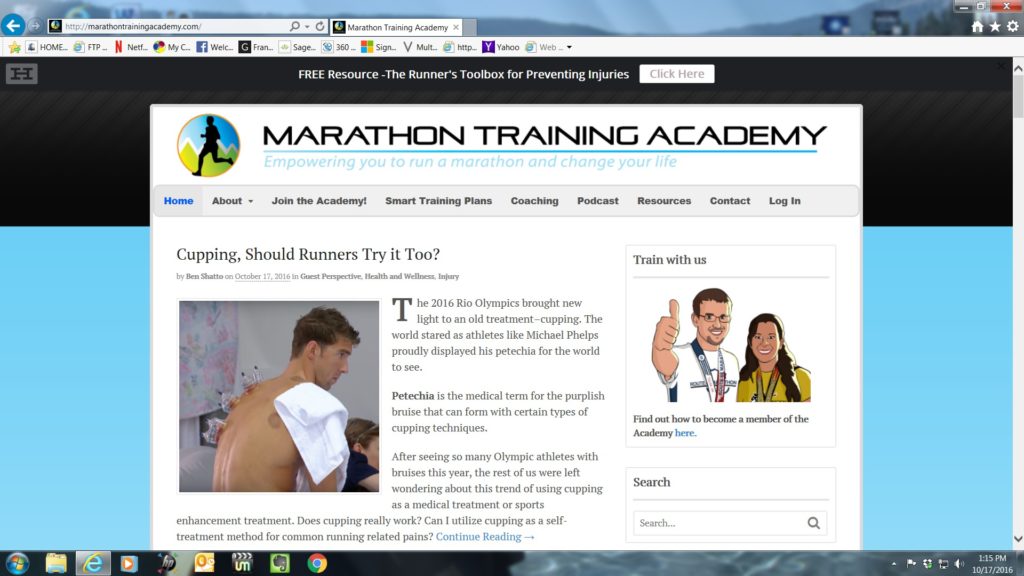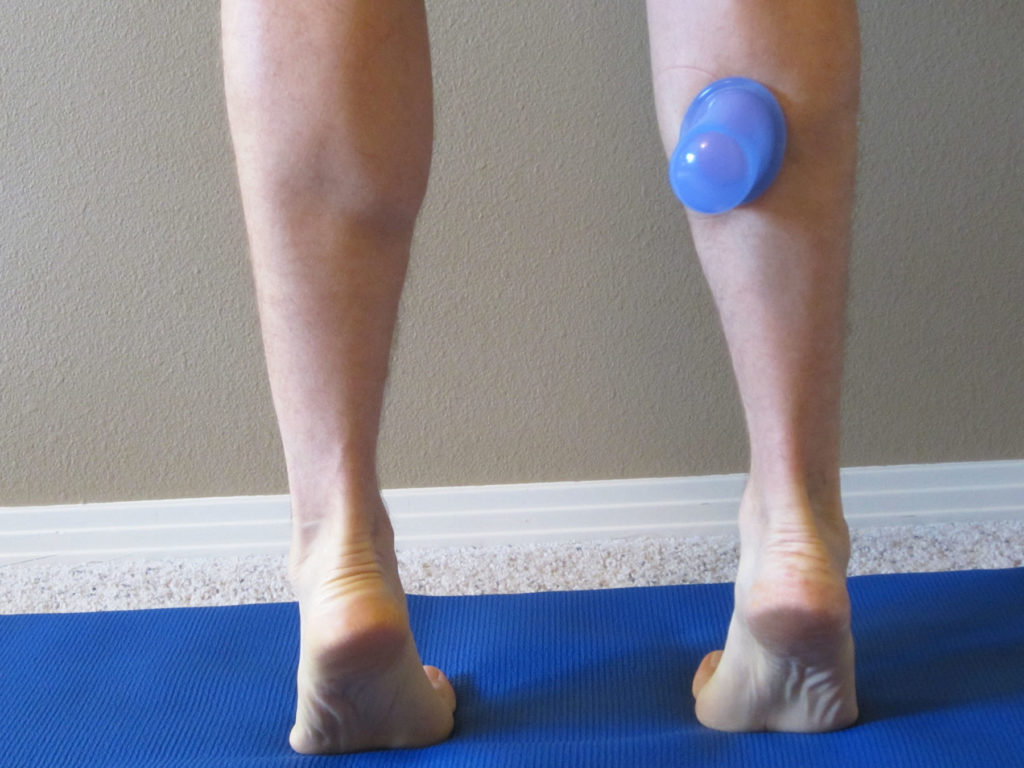Elbow pain is a common issue that can affect a wide range of people including CrossFitters, weightlifters, weekend warriors, and office workers. One common type of elbow pain is tennis elbow (lateral epicondylitis) which affects the extensor muscles and tendons of the wrist.
There are many possible reasons for developing elbow pain. Typically the cause of pain is either from an acute onset or due to repetitive motion and/or muscle imbalance issues. Examples of an acute onset include over doing yard work or a specific injury such as a trauma. A repetitive motion and/or muscle imbalance issue can arise from chronic poor posture while sitting at work or from performing a job that requires repeating a task to the point that the tendons are overloaded.
5 Tips on How to Self-Treat Tennis Elbow:
1. RICE
As with many injuries, the initial treatment is RICE (Rest, Ice, Compression, and Elevation).
- Rest. Limit any activities that cause pain.
- Ice. Use ice as needed for pain and edema control. The rule for icing is to apply ice no more than twenty minutes per hour. Do not place the ice directly against the skin, especially if you are using a gel pack style. A bag of frozen peas can be ideal. Individuals with poor circulation or impaired sensation should take particular care when icing.
- Compression. Consider wearing an elbow compression sleeve.
- Elevation. Although it’s not too useful for this specific condition, it would be an excellent time to apply ice.
2. Identify the Offending Movement
If you’re experiencing elbow pain, try to identify which specific movement aggravates the elbow. Once you have identified the movement, initially avoid it until the pain subsides. Consider any issues with your technique that may have led to the pain, and address any long term muscle imbalances that may have developed.
3. Work on your Elbow Mobility
Addressing any tissue mobility issues and promoting increased blood flow can help to improve the healing response and reduce the pain. In this video, I demonstrate how to utilize a mobility/compression band as a self-treatment method for tennis elbow.
Mobility/compression bands, such as the Rogue Fitness VooDoo X Bands or EDGE Mobility Bands, are a novel way to self-mobilize tissue. The use of a mobility band not only helps to mobilize the tissue, but it affects blood flow to the area and speeds up healing. A mobility band also helps to reset some of the receptor cells in the muscle tissue which cause excessive muscle tightness as a means to work on tissue mobility. This will work to directly affect the painful tissues. (If you suffer from any form of blood clotting disorder or are on blood thinning medications, I would advise against utilizing mobility bands for any type of aggressive, deep compression.)
4. Work on your Upper Thoracic and Shoulder Mobility
Posture plays a critical role in the positioning of your extremities with movement and activity. Improper posture combined with poor ergonomics is a top reason to develop not only elbow pain, but also neck, upper back, shoulder, and wrist pain. Regardless if the activity is weightlifting or typing, your posture matters! Please refer to How to Improve Posture and Eliminate Pain.
If your elbow pain has developed from poor sitting postures or chronic repetitive stresses, then I highly encourage you to also work on upper body mobility by focusing on shoulder and thoracic mobility as well as lower body and spinal mobility. Subscribe to my e-mail list to gain immediate access to My Top 8 Stretches to Eliminate Neck, Upper Back, and Shoulder Pain for step-by-step exercise instructions and photos.
5. Trial other Methods of Self-Mobilization
Once you start to experience pain, be aggressive with your management and self-treatment. I like to use either a tennis ball or roll PVC pipe over the forearm area which can be an effective self-mobilization for tennis elbow. For more ideas on how to self-mobilize, please refer to My Top 3 Household Items for Self-Mobilization.
Cupping is another form of muscle tissue and fascia self-mobilization. There are many different methods and techniques you can use. In this video, I demonstrate how to use cupping to treat elbow pain affecting the wrist extensor muscles and tendons.
Elbow pain can be debilitating by limiting your ability to exercise and perform daily tasks. Be proactive in your care and management. If the pain persists, seek additional help. Don’t let the pain linger. The longer it’s left untreated, the more potential for harm and damage which potentially could lead to a longer recovery. The American Physical Therapy Association (APTA) is an excellent resource for learning more about physical therapy as well as locating a physical therapist in your area.
Have you tried using a mobility/compression band as a self-treatment method for tennis elbow? What was your experience like? Please leave your comments below.
If you have a question that you would like featured in an upcoming blog post, please comment below or submit your question to contact@thePhysicalTherapyAdvisor.com. Be sure to join our growing community on Facebook by liking The Physical Therapy Advisor!

